5 agriculture and food trends to be excited about in 2024
Read Time: 7 minutes
January 23, 2024
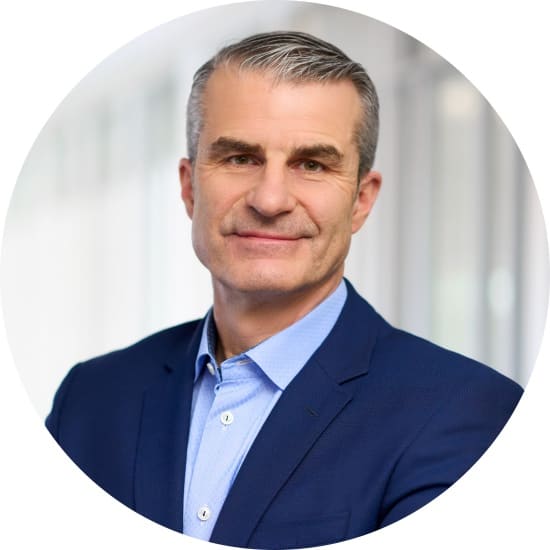
By Florian Schattenmann
Cargill chief technology officer and vice president for innovation and research & development (R&D)
Did you know kindergarteners today won’t retire until 2082?
That may seem far off. But thinking well beyond our lifetime helps us make better decisions today — for generations to come.
At Cargill, we’re not only contemplating the agriculture industry trends that are going to impact the world this year. We’re also planning for the ones that make the world better for those kindergarteners — in 2040 when they’re graduating college and even into 2082 when they’re retiring.
It’s my team’s goal to reimagine what’s possible and lay the groundwork for our biggest and boldest innovations in the food and agriculture industry. So what trends are we paying attention to this year that will shape and shift food production and agriculture for decades to come?
Here are the ones we feel are the most impactful.
1. More people + less land = new farming and food production methods
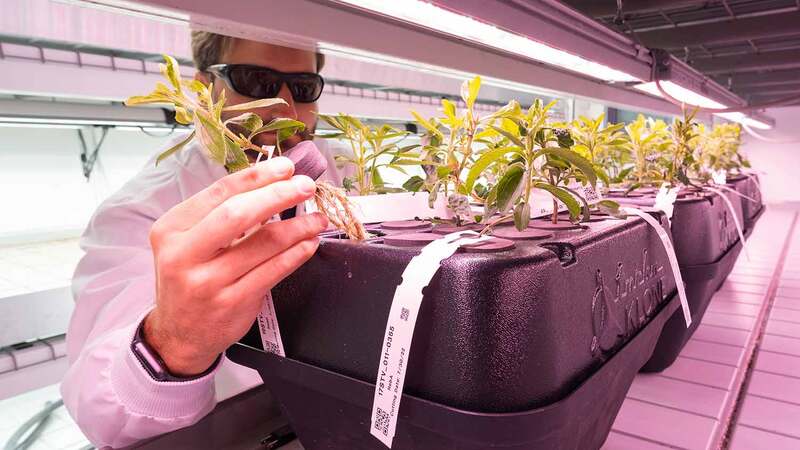 As part of ongoing efforts to build a more resilient supply chain, Cargill scientists are developing farming practices, like vertical farming, that are more resistant to climate change.
As part of ongoing efforts to build a more resilient supply chain, Cargill scientists are developing farming practices, like vertical farming, that are more resistant to climate change.
Today’s global population isn’t what it used to be — not just in numbers but also in the places people call home.
The global population is growing at a rate of about 1% each year, and by 2030, the world’s population is expected to exceed 8.5 billion people. (For context, when I was born, our population was just 3.3 billion … and I’m not that old!)
A growing population needs more food — and more infrastructure, too, which reduces agricultural land. By 2030, we will have 2% less farmland than we do now, and we will have added more than 1 trillion square feet of additional building space. To put this into context, that’s more than building another New York City (including its five boroughs) every month from now to 2030!
We need to find new ways to harvest more food with less agricultural land, which could include anything from vertical farming methods to underwater farming.
At Cargill, we’re continuing to expand our regenerative agriculture portfolio, which will increase the productivity and health of soil on existing farmland to better preserve the land we have. We’re also continuing our genomics work to make sure nutritious foods have the right DNA to grow in different and changing environments.
2. Trusting your gut (health) with nutrient-packed foods
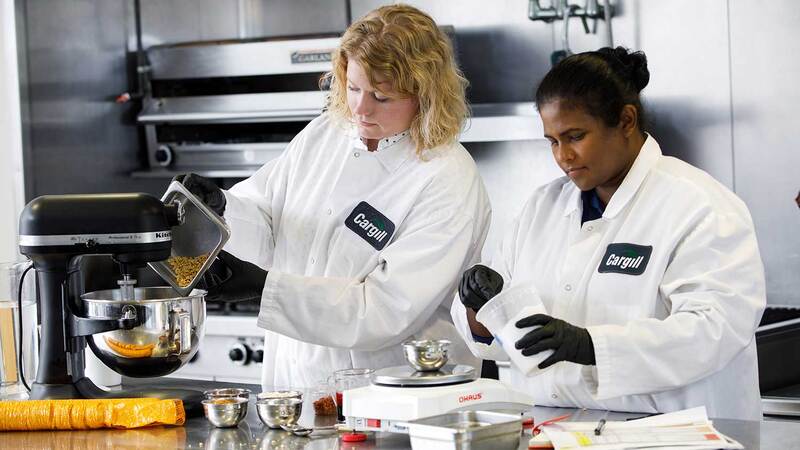 We use our deep knowledge of protein and decades of supplying plant-based ingredients to bring more protein options to the table — from beef and chicken to plant-based meat alternatives and, in the future, even cultivated meat.
We use our deep knowledge of protein and decades of supplying plant-based ingredients to bring more protein options to the table — from beef and chicken to plant-based meat alternatives and, in the future, even cultivated meat.
You know what they say … you are what you eat!
Today’s consumers are prioritizing nutrition as the center of a balanced life, expanding their focus to include postbiotics, gut health, immunity, cognitive health and, of course, protein.
Protein is the world’s fastest-growing macronutrient. But while many of us are familiar with the primary sources of both animal and plant-based protein, we only consume 1% of the world’s edible plants. A wider range of options are waiting!
Figuring out the future of sustainable protein has been a huge passion of mine. Today, Cargill is looking at more plant-based protein sources — like peas, corn and wheat — as well as fermented sources like mycoproteins.
We’re also researching to better understand how bio-based processes can enhance gut health for people and animals. As a result, we see healthier animals (from shrimp to fish to cattle) and healthier people, thanks to solutions like EpiCor and sustainably produced stevia, a natural sweetener with zero calories.
And just like no two people have the same fingerprints, no two people have the same microbiomes, or the same nutritional needs. That’s why personalized nutrition will continue to drive innovation in food and nutrition.
3. Food that’s good for you and the planet
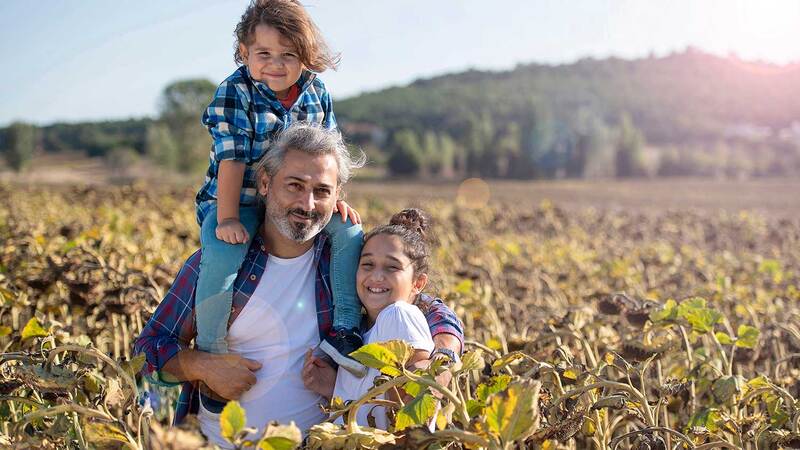 Cargill’s 1,000 Farmers Endless Prosperity program supports corn, sunflower and canola farmers across 18 provinces in Türkiye. In its fifth year, the program has grown well beyond its name, engaging more than 5,000 farmers and covering more than 50,000 hectares.
Cargill’s 1,000 Farmers Endless Prosperity program supports corn, sunflower and canola farmers across 18 provinces in Türkiye. In its fifth year, the program has grown well beyond its name, engaging more than 5,000 farmers and covering more than 50,000 hectares.
Did you know that food production systems account for an estimated 26% of greenhouse gas emissions?
In the coming years, the food and agricultural industry will continue to shine a spotlight on sustainability, including promoting regenerative practices, protecting soil health and our water resources, supporting local farmers, reducing food waste and implementing better packaging and distribution practices.
These and other practices create positive change.
At Cargill, we’ve been focused on finding ways to reduce methane and other harmful gases in our environment by using science to help cattle digest their food more easily.
We’ll also continue important work to decarbonize how we grow and move the world’s food. This can look like more sustainable farming and agricultural practices to enable lower-carbon food, feed and fuel (hello again, regenerative agriculture!), using alternative energy, renewable fuel sources, and more.
4. Fueling the bioeconomy
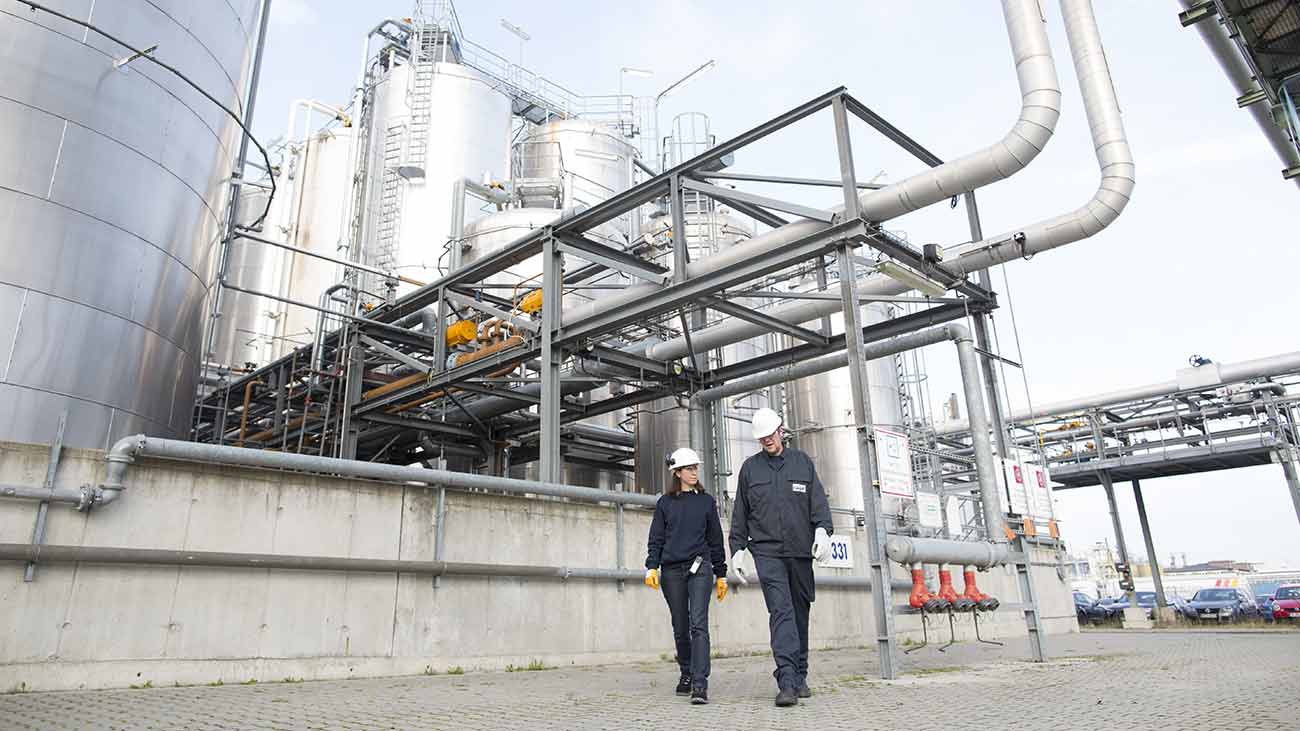 To help address climate change, we must build more sustainable food supply chains and decarbonize our global transportation system. Through these efforts, we’re also accelerating the shift to lower-carbon energy sources that can fuel the transportation industry. We’ve set clear goals to reduce our climate impact, and we are supporting customers in their efforts to do the same.
To help address climate change, we must build more sustainable food supply chains and decarbonize our global transportation system. Through these efforts, we’re also accelerating the shift to lower-carbon energy sources that can fuel the transportation industry. We’ve set clear goals to reduce our climate impact, and we are supporting customers in their efforts to do the same.
With a bigger spotlight on sustainable agriculture practices in the coming years, resources that can be used (and re-used) with reduced waste will be the new standard. This might sound too good to be true, but it isn’t.
Introducing: the rise of the bioeconomy. Cargill plays an important role in the production of renewable, nature-derived resources that are front and center in the global bioeconomy. We are continuing to find opportunities to upcycle and reuse these materials as ingredients for food, feed, bio-based products, biofuel and biogas (with partners, of course)!
For example, right now at Cargill, we’re using corn dextrose as a feedstock to produce low-carbon biofuels and biochemicals — which could even help us create renewable gasoline, jet fuel and more down the line.
We also upcycle Hershey’s leftover chocolate into nutritious animal feed.
The most exciting part? Even more use cases like these are out there.
5. The rise of agriculture technology
 Galleon™, a microbiome assessment platform and among Cargill’s latest innovations, is an artificial-intelligence-driven analysis tool that uses advanced DNA sequencing to help determine how the gut microbiome of chicken flocks is related to their nutrition and health.
Galleon™, a microbiome assessment platform and among Cargill’s latest innovations, is an artificial-intelligence-driven analysis tool that uses advanced DNA sequencing to help determine how the gut microbiome of chicken flocks is related to their nutrition and health.
Agriculture technology can make the food and agriculture industry seamless and smarter, both on the farm and across supply chains. And tech-powered agriculture is on the rise, expected to grow by about $18 billion by 2027.
From solar-powered feed bins to high-flying drones that assist farmers in keeping an eye on cattle, we are always trying to find new ways to connect farmers with time-saving and resource-improving technologies.
Take Galleon™, our smart microbiome assessment platform that uses artificial intelligence (AI) and DNA sequencing to assess a chicken flock’s health — no guesswork necessary.
We also recently invested in Satelligence, a tool that uses AI to monitor land use and enables deforestation-free solutions across Cargill’s soy, palm oil and cocoa supply chains.
What’s next?
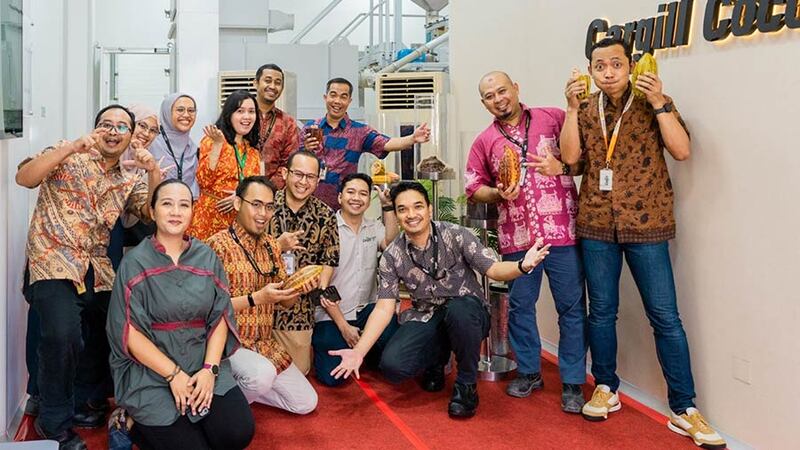 Research and development employees at Cargill’s Cocoa Development Center in Gresik, Indonesia.
Research and development employees at Cargill’s Cocoa Development Center in Gresik, Indonesia.
The future is built today! Food and agriculture need solutions that can nourish the world, sustain people and our planet, and transform the way we meet the world’s biggest challenges.
I’m so excited for what’s to come and eager to continue solving food and agriculture challenges with my team at Cargill, our customers and our many partners.
Learn more about the incredible innovation work happening at Cargill.

About the author
Florian Schattenmann is Cargill’s chief technology officer and vice president for innovation and research & development, leading a global team focused on creating value across agriculture, food, animal feed, and bioindustrial markets. He also heads the Strategic Growth Business Accelerator, emphasizing innovation in areas like alternative protein. Florian holds a Ph.D. in inorganic chemistry from the Massachusetts Institute of Technology.
More stories
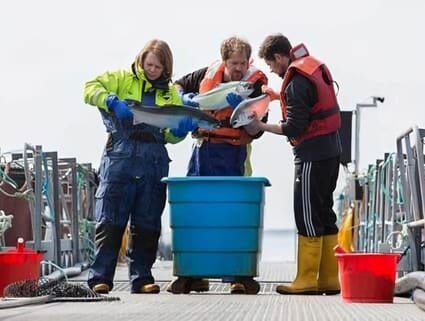
Circular economy in animal feed: 4 ways we help customers do more with less
Learn how Cargill is helping farmers build a zero-waste circular economy through innovation and strategic partnerships.
The art and science of making a plant-based burger
Our Cargill food scientist shares the craft of creating a plant-based burger — from selecting the protein source to taking the first bite.

A Day in the Life: What does a data scientist do at Cargill?
Data science employees at Cargill use information and data to solve a huge variety of challenges.

